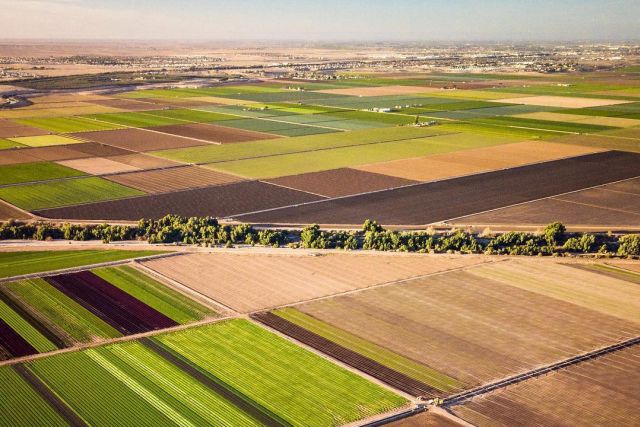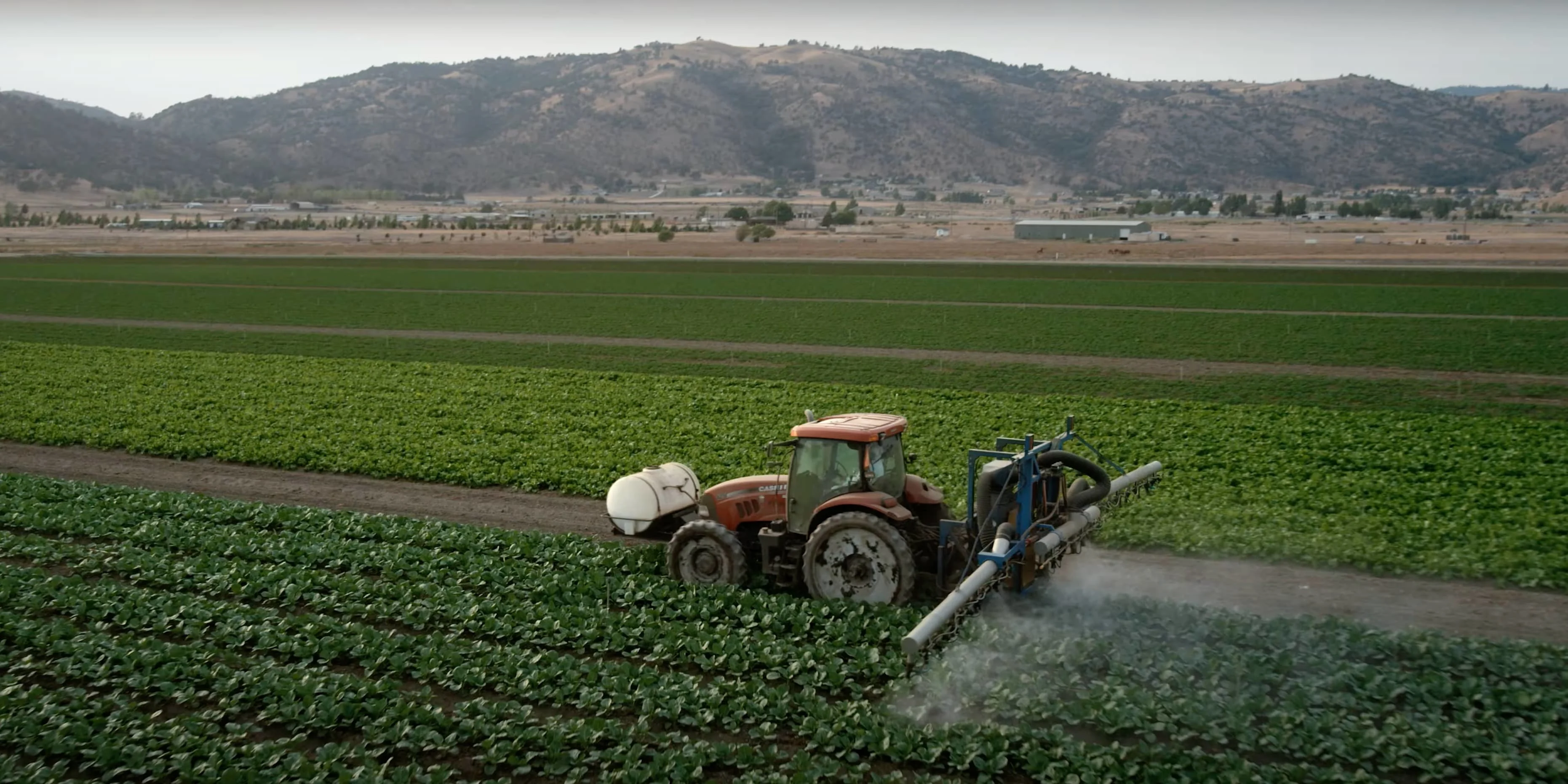Optimize Crop Development and Return With Costs Water Soluble Polymers for Farming
Premium water-soluble polymers have actually emerged as an encouraging device in this pursuit, using a range of advantages that can reinvent the way we approach plant farming. By addressing crucial aspects such as dirt framework, water retention, and nutrient shipment, these polymers have the potential to unlock brand-new levels of effectiveness and yield in farming production.
Benefits of Water-Soluble Polymers
Water-soluble polymers provide a variety of benefits in farming applications, improving dirt framework and water retention effectiveness. These polymers, when related to the soil, can significantly enhance dirt gathering, reducing erosion and boosting total dirt wellness. By boosting dirt framework, water-soluble polymers create a more beneficial atmosphere for origin growth and development, ultimately leading to boosted plant returns.

Improved Soil Structure
Provided the demonstrated advantages of water-soluble polymers in improving soil quality and water retention, a vital element that stands out is the significant influence these polymers have on reorganizing the soil composition. Costs water-soluble polymers play a crucial duty in enhancing soil framework by promoting soil gathering and security. By improving soil framework, water-soluble polymers help prevent dirt compaction, which can restrict origin growth and water activity.
Improved Water Retention
Improved water retention can be attained with the usage of premium water-soluble polymers in farming practices. These polymers have the unique capacity to take in and maintain big amounts of water within the soil account, creating a tank that plants can access throughout periods of water stress.
Costs water-soluble polymers function by creating a gel-like structure when blended with water, boosting the dirt's water-holding capacity and minimizing water loss via evaporation and runoff. This boosted water retention not only improves plant strength to drought problems but additionally decreases the frequency of watering, causing water preservation and cost financial savings for farmers.
Efficient Nutrient Shipment
With the structure of boosted water retention currently established, the emphasis changes towards enhancing farming techniques through the efficient shipment of nutrients to plants for continual development and productivity (Agriculture). Effective nutrient shipment is important in maximizing plant returns and guaranteeing plant health and wellness. Water-soluble polymers play an important function in this procedure by helping with the controlled release of necessary nutrients to the plants' origin systems
One trick advantage of making use of premium water-soluble polymers for efficient nutrient delivery is their ability to bind with nutrients, such as potassium, nitrogen, and phosphorus, protecting against seeping and overflow. This makes sure that the plants obtain a constant and consistent supply of nutrients, lowering waste and ecological influence.
Moreover, these polymers can enhance nutrient uptake performance by advertising origin advancement and enhancing dirt structure (Agriculture). By creating a favorable environment for origin development, water-soluble polymers assist plants gain access to nutrients extra properly, bring about healthier plants with boosted resistance to stressors like drought or additional hints illness
Making The Most Of Plant Yields
These polymers play a vital role in enhancing soil framework, water retention, and nutrient absorption, ultimately leading to boosted plant growth and growth. By integrating water-soluble polymers into their irrigation methods, farmers can make sure that plants obtain a appropriate and regular water supply, also throughout durations of drought or water scarcity.
Moreover, water-soluble polymers aid decrease soil disintegration, decrease nutrient leaching, and advertise root development, every one of which add to greater crop yields. By developing a protective movie around plant roots, these polymers enhance nutrient uptake efficiency and protect plants from environmental stress factors. In addition, the usage of premium water-soluble polymers can improve the total wellness and durability of crops, resulting in raised returns and boosted agricultural sustainability.
Conclusion

These polymers, when used to the dirt, can significantly improve soil aggregation, decreasing erosion and enhancing general soil health and wellness.Provided the demonstrated benefits of water-soluble polymers in enhancing soil quality and water retention, a key aspect that stands out is the significant impact these polymers have on restructuring the dirt make-up. Costs water-soluble polymers play a vital duty in enhancing soil structure by promoting dirt gathering and stability. By enhancing soil framework, water-soluble polymers aid protect against dirt compaction, which can restrict root development and water activity. These polymers have the special capability to take in and keep large quantities of water within the dirt profile, creating a storage tank that plants can access throughout periods of water stress.